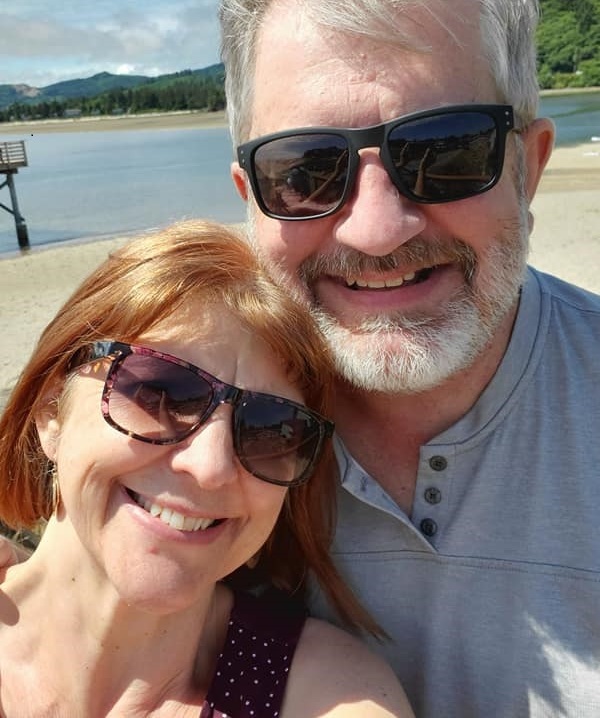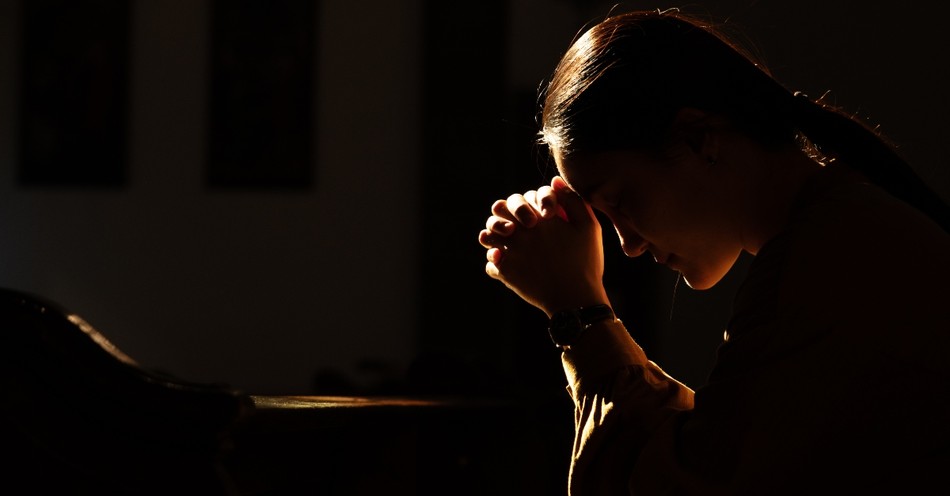The spotlight on Hagar’s life first appears when Abraham and Sarah begin to doubt God's incredible promise that they will have a son. Tired of waiting, Sarah decides to take matters into her own hands. She tries to hurry the process by seeking a surrogate to bear a child for her. However, this decision only brings more sorrow, distress, and pain into their lives.
Hagar, Sarah’s maidservant, was caught in the middle of this desperate attempt. She didn’t choose to endure the suffering that came with Sarah’s plan (Genesis 16:1-6). She was a young Egyptian slave with no control over her own destiny. Hagar didn’t ask to bear a son, Ishmael (Genesis 16:15-16; Genesis 25:12), whose name means "God hears," nor did she intend to become a symbolic representation of the law given through Moses (Galatians 4:24-25).
When Hagar became pregnant, tensions rose. Sarah, feeling scorned and jealous, mistreated her, and Hagar fled into the wilderness. She ran away, desperate to escape the pain and humiliation. In that lonely desert, feeling abandoned and afraid, something extraordinary happened—God pursued her.
The angel of the LORD found Hagar by a spring of water in the desert, near the road to Shur (Genesis 16:7). Can you imagine? In her darkest moment, feeling unseen and unheard, God sought her out. He called her by name, asking, "Hagar, slave of Sarai, where have you come from, and where are you going?" (Genesis 16:8). This divine encounter wasn’t just about directing her steps back to Sarah, but it was about showing Hagar that she was seen, known, and loved by God.
Hagar responded to God's call. She listened to the message delivered by the angel: she would bear a son, Ishmael, and her descendants would be too numerous to count. In that sacred moment, Hagar named the LORD “El Roi,” meaning “the God who sees me” (Genesis 16:13). This was the first time in the Bible that a human gave God a name. It was her way of acknowledging, “I have now seen the One who sees me.” It was a profound realization that in her suffering and distress, she was not invisible to God.
Later, when Ishmael was older, Hagar faced another heartbreaking moment. Sent away by Abraham at Sarah's insistence, she and her son found themselves in the wilderness again, facing death. But once more, God heard their cries. An angel called out to Hagar, “Do not be afraid; God has heard the boy crying as he lies there” (Genesis 21:17). God opened her eyes to see a well of water, providing for their immediate needs and reassuring her of His continual presence and care.
Hagar's story is remarkable. From a slave with no control over her life to a woman who encounters the living God, Hagar’s journey is one of resilience and divine pursuit. Her life reminds us that no matter how far we run or how invisible we feel, God sees us, hears us, and is always with us. Hagar's legacy, marked by the name “El Roi,” encourages us to trust in the God who truly sees and cares for each one of us.
5 Ways God Saw Hagar
Hagar was a woman who experienced being seen by God in all her hurt, all her bitterness, and all the unfairness of her life. Being met and seen by God, praying and crying out to Him, and then hearing from Him, changed her life. She knew, beyond a shadow of a doubt, that God saw and loved her.
God saw Hagar in five ways. First, God saw Hagar's faults. Hagar had bitterness in her heart toward Sarah that seeped out through her looks and words.
Second, God saw Hagar’s frustrations — with being powerless, with being abused.
Third, He saw her fear — that drove her to run away.
Fourth, God saw Hagar’s family — that she would have a son who would father a great nation.
Finally, He saw Hagar's future — the honor in her godly legacy.
God asked Hagar to do five things. First, to bear a child. Second, to be part of a bad plan that He would turn into great blessings. Third, to return to a formerly emotionally abusive situation. Fourth, to experience rejection. And finally, to trust Him for a much brighter future.
What Is God's Promise to Hagar?
Later, God saw and met with Hagar again. We read this in Genesis 21:1-21. This second time, the Lord God asked Hagar to be a vivid picture of sad slavery to the Law and therefore an essential picture of everyone’s need to reject futile ways to draw near to God.
This second encounter took place after Sarah had her own son. She saw the threat that Ishmael was to her child of promise, Isaac. Her protective mother’s heart — and probably her jealous woman’s heart — propelled her to beg Abraham, in essence, to “Do something about that woman and her son.”
Abraham was distressed. He was not an unkind man. Just the opposite. He greatly loved his son, Ishmael. Yet God told him to listen to Sarah and do what she requested. In obedience, Abraham sent away Hagar and Ishmael.
After Hagar was released from her slavery to Sarah and surrogate “marriage” to Abraham, she wandered and soon found herself lost within the vast wilderness. In her lostness, Hagar’s water ran out. Beyond exhausted, fiercely thirsty, and utterly hopeless, she wept.
She thought she (and her dear son) were going to die, but God willed her to live. He met Hagar again as He has met very few people down through the ages. For the second time in her life, God spoke audibly to her. He provided a way and a hope and so much more.
God was painting a picture of promise, of the Son of the Promise, of the way of living in the Promise. And that role was given to Isaac to portray. True, Abraham and Sarah had grabbed the brush to hurry the Artist, but their haste could not ruin the picture.
Instead, God used Hagar and Ishmael and his future wife’s descendants to form a great nation (Genesis 21:13 and 21:18) made up of 12 tribes (Genesis 25:12-17).
Hagar’s Part in God’s Masterpiece
While the Master took tender care of mother and son, He asked them to become a picture of the Law of Moses that cannot save us, as we see in Galatians 4:24-25. This was for God’s infinitely wise purposes and glory forever.
In his letter to the Galatian believers, Paul obliterates the Law as a way to salvation or holiness. He does this by holding up Sarah as the picture of freedom. Then Paul scorns the Law’s inabilities — the part played by Hagar, the slave.
No matter how our hearts grow tender toward Hagar, and stiffen toward Sarah, during this second episode, we don’t get to choose the picture or meaning God insists they each portray. It’s not about who is the “good girl” or the “bad girl.” Both are fallible yet dearly loved women.
God speaks tender words to Hagar and rebukes Sarah. Yet He blesses Sarah as the mother of the Promised One, the mother of the faithful. Hagar then must portray slavery to the Law, that is, something to be rejected.
What Hagar's Story Means for You
God sees you and He cherishes you. This marvelous reality is true every moment and minute of our lives, not just sometimes.
And this reality is true whether or not we sense our Master’s deep love and care. Sometimes we feel it, but most of the time we don’t. Still, it’s always vibrantly real.
A child doesn’t always feel loved by her mom and dad, but she is. In a much greater way, you are loved by God. Take the time right now to pray:
Lord God, creator and maker of heaven and earth, who formed me and breathed Your life into me, I thank and praise You today.
Thank You for Your infinitely wise purposes and eternal glory. Thank You for placing me within Your great masterpiece. I can’t wait to enjoy it and You for all eternity!
For further reading:
Why Was Abraham Chosen to be the Father of All Nations?
Does God Really See Everything?
Photo Credit: ©iStock/Getty Images Plus/PORNCHAI SODA




